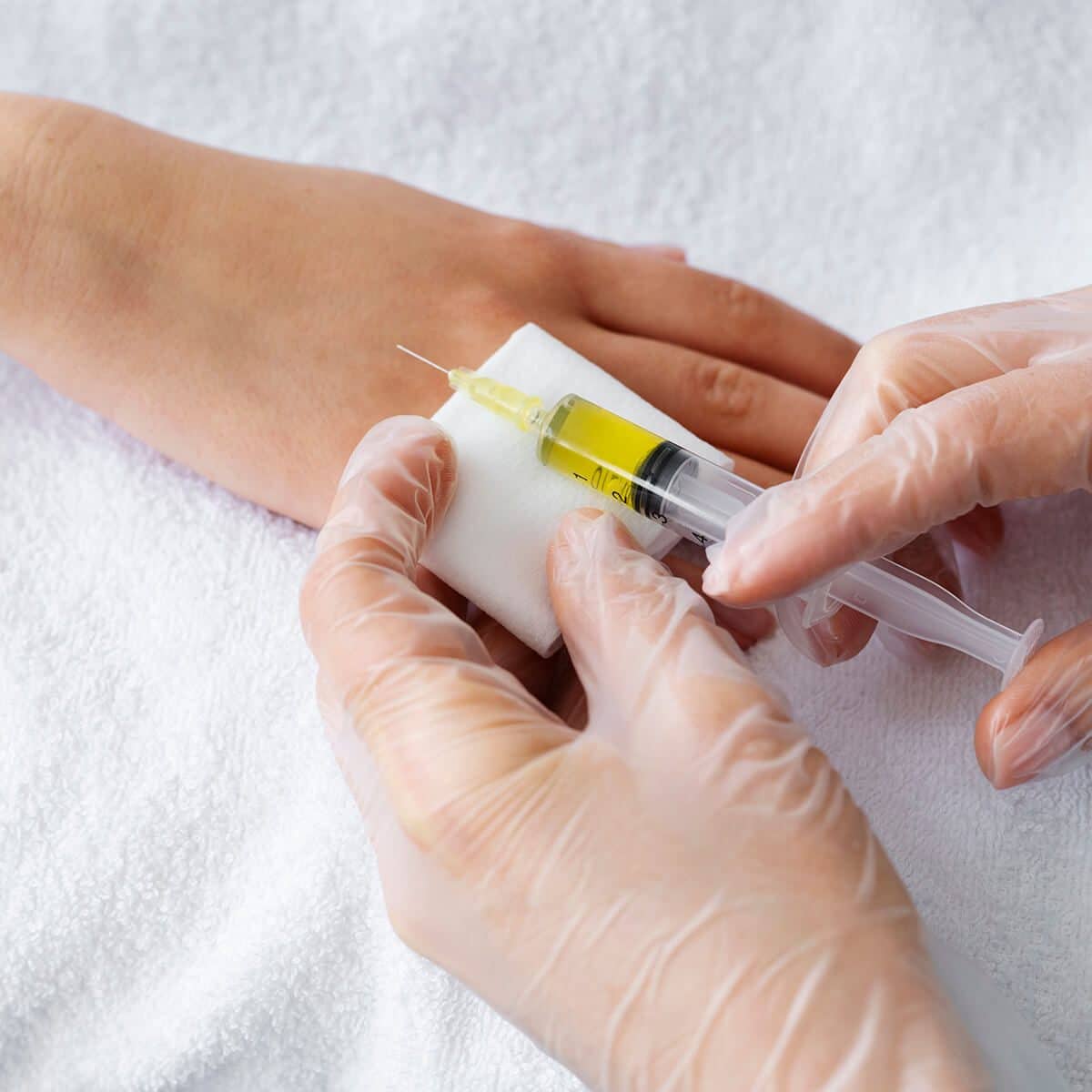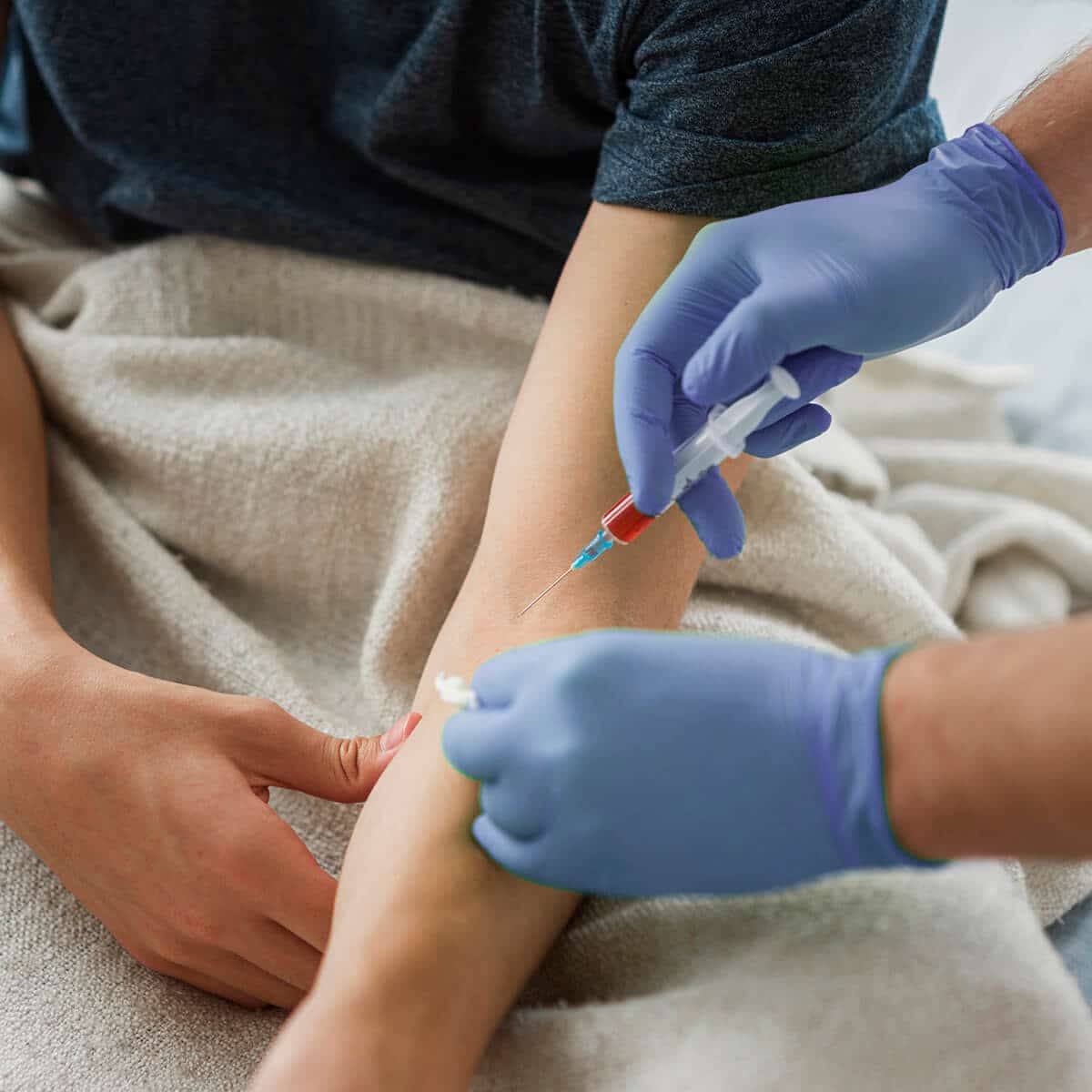PRP for Joint Pain – Injections for Knee Arthritis in Kuala Lumpur, Malaysia PRP is the abbreviation for an innovative and versatile treatment called platelet rich plasma. The human blood is a fluid that is made up of many parts. The fluid is called the plasma and contains the solid components of the blood which has many different functions. Platelet rich plasma is a therapy used in many situations that uses platelets derived from the patient’s own body as a treatment. Among the parts of the human blood is the red blood cell which brings oxygen around the body and the white blood cells which plays an important role in the immune system in the body in fighting infections. There is also another component called the platelet. Platelet are little fragments that has a role in the process of blood clotting. It is important because without platelets, when we get cuts the body cannot heal the cuts and may bleed profusely. When platelet levels are too low, the body can even start bleeding internally without any trauma. Platelets also stimulate growth factors which help in growth and healing of tissue. The use of PRP for joint pain, and also in general, is in its early stages. Many studies have showed benefits while others have stated that it is not better than placebo. However, many believe that it is indeed a promising treatment. So, how is PRP relevant to joint pain? It is good to first understand what causes joint pain. The leading cause of joint pain is osteoarthritis. This is a condition that generally affects the elderly population and the older one gets, the more likely one is to get this condition. Osteoarthritis can affect all joints and most commonly affects the knees, hips, shoulders, thumb and spine. These joints have shock absorbers called cartilage situated within the joint. As one ages, these cartilage gets subject to wear-and-tear. Injury or misuse of the joints accelerate this process. PRP comes into play in treating joint pain that is caused by osteoarthritis. It is believed that the injection of the affected joints can stimulate the growth of cartilage. With the regeneration of these natural cushions, the pain from the friction between bones will be greatly reduced. “I have been suffering from arthritis since my 40s. It was made worse earlier on in my life because I had so many sports-related injuries when I was younger. I have tried supplements and pain killers but things were not improving. So, I decided to give PRP a go. There definitely have been improvements as compared to before. It’s easier to move around and do the things I need to do.“ “I wanted to avoid surgery at all cost. I don’t fancy the idea of getting my left knee replaced. So I decided to try out PRP injection after my doctor suggested that there is a new treatment. He explained very carefully what it was and we discussed our expectations and needs. I am so happy we did so and found that a year later, PRP therapy has been very successful for me indeed.“ Here are some Frequently Asked Questions by you, answered by our doctors.call us now
6016-9215699 What is PRP?


How effective is PRP for Joint Pain?
PRP For Joint Pain Reviews


FAQ & Questions.
- The Face
Pigmentation / Age Spot
Facial Sculpting / Contouring
Under Eye / Eye Bags
Dull Skin / Open Pores and Texture / Redness / Sunburn
Skin Lightening
Spider Vein / Fine Veins Removal
Birthmark
Milia / Oil Seeds / Mole / Wart Removal
- The Body
Cleavage + Decolletage Rejuvenation
Breast Lifting
Hands Rejuvenation & Plumping
Permanent Hair Removal
Stretch Mark
Broken Capillaries / Spider Veins
Milia / Oil Seeds / Mole / Wart Removal
Tattoo Removal
- Fat & Weight Loss
Fat & Weight Loss
- Hair Loss Treatment
- Female Only
- Male Only
- Medi Spa
- Cart




